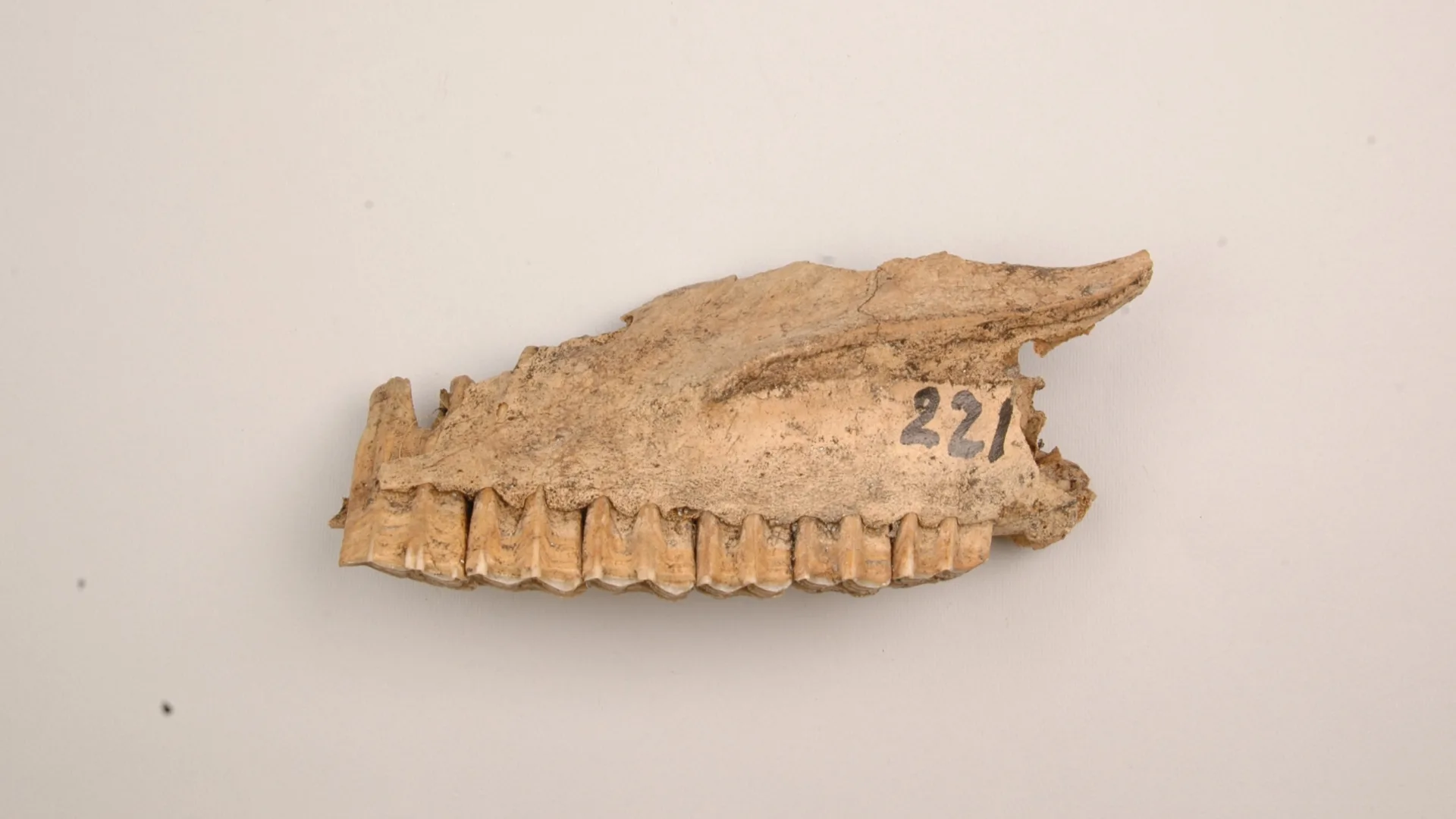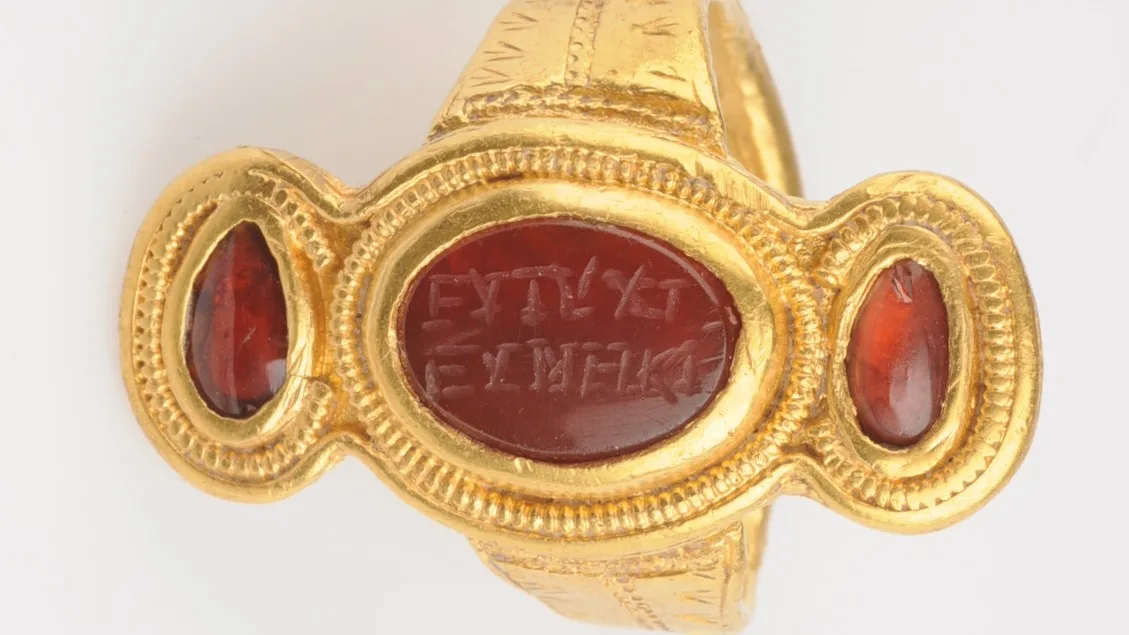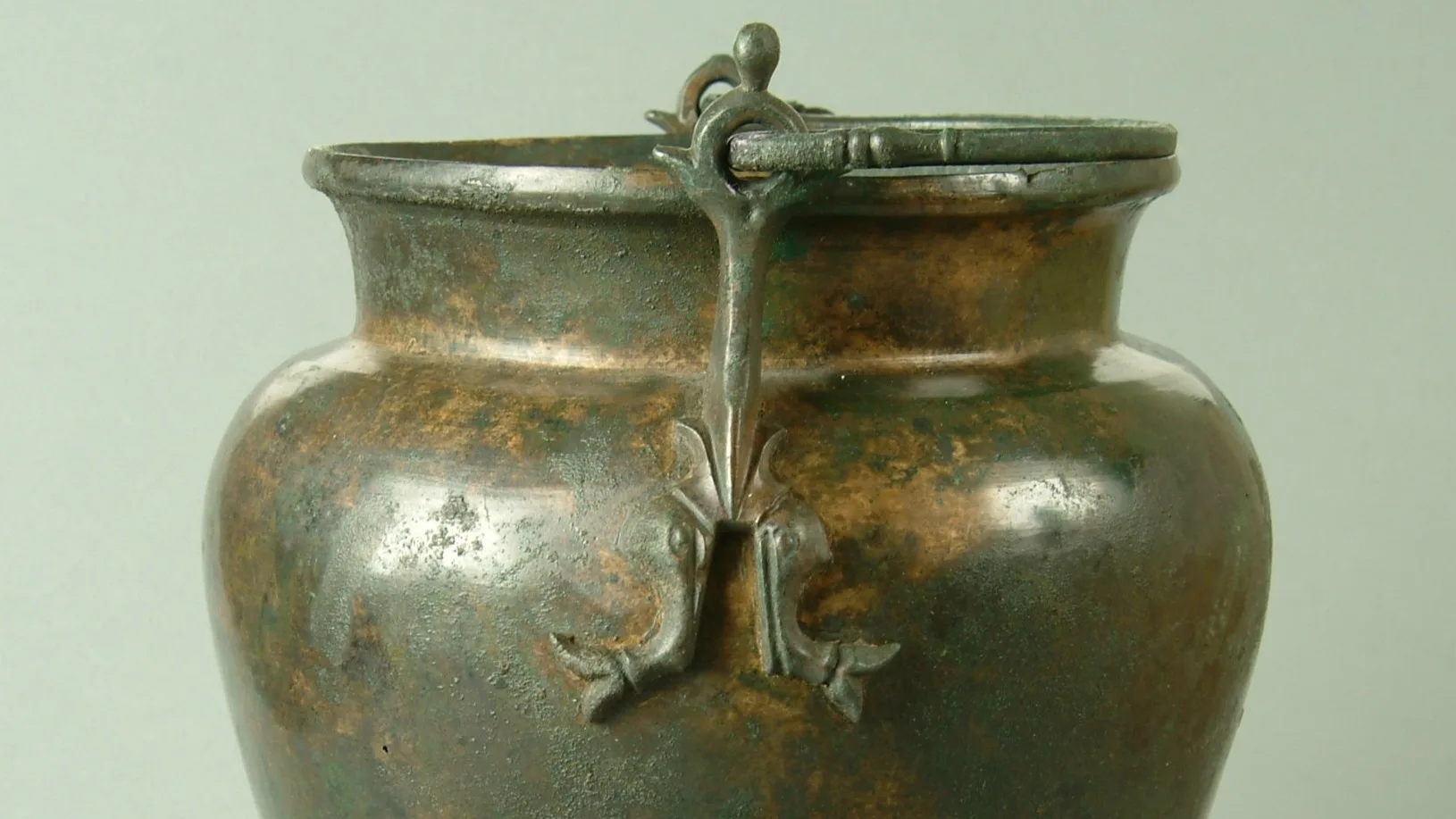Magic rituals on Viking Age farms
Iron Age
500 BC – AD 1100
Viking Age
AD 800 – AD 1100
Middle Ages
AD 1050 – AD 1520
Traces of these ancient traditions remain, even though their original meanings have largely faded. The traditional “roof-raising feast” was once a key inauguration ritual, and the horseshoe, still sometimes hung above a doorway, was a means of protecting the house and its inhabitants.

Cattle bones
Protection against malevolent beings
In earlier rural communities, people believed in supernatural beings whose origins can be traced back to pre-Christian times. The landscape they inhabited, forests, meadows, and waters, was thought to be home to creatures such as tomtar (gnomes), trolls, giants, mylings (ghost children), mares, and werewolves.
Most of these beings were believed to harbour ill intent towards humans and bring misfortune. Houses were considered especially vulnerable and required extra protection, as they held the family’s accumulated wealth. But magical rituals could offer defence.
One tried-and-tested method was to bury a snake beneath the threshold to prevent misfortune from entering the home. Lightning strikes could be averted by burying a found Stone Age axe, once called a thunderbolt, in the floor.
Not all supernatural beings were malevolent, however. Some could act as guardian spirits, such as the tomte or the vätte. Though often grumpy and prone to mischief, they could protect the farm and its residents if treated with generosity, offered food, and shown respect.
On Gotland, a closely related being is known in the local dialect as Di sma undar jårdi “the little ones underground.” This is a so-called noa-name, a descriptive term used instead of the creature’s true name, reflecting the Gotlanders’ reverence. It was considered too risky to call them by their real name.
A cow and a hidden silver hoard
At the Burge farmstead in Lummelunda parish on Gotland, archaeologists have investigated several house foundations around a farmyard. Their findings show that the site was first settled in the mid-11th century and inhabited for around 200 years. The farm was later abandoned or relocated for reasons unknown.

Silver hoard
Deep in the posthole of one of the roof-supporting beams of the oldest house on the site, skeletal remains of a cow were discovered: hooves, vertebrae, tail, and a pelvic bone. These may be remnants of an inauguration feast held during the construction of the first house.
The size of the bones suggests that a well-grown cow was slaughtered, perhaps the finest animal the household owned. What remained after the celebratory meal was buried in the posthole, possibly as an offering to the beings the Gotlanders believed lived underground, the little ones beneath the earth.
It was crucial not to anger these subterranean beings when breaking ground for a house. Making enemies of them could jeopardise the household’s future fortune. The pelvic bone was likely offered as a wish for fertility among the farm’s animals. A high birth rate was vital to the farm’s economy and something these small beings were believed to influence.
So, how did things turn out for the people of Burge? Did the house offering have any effect? Did they prosper?
The finds suggest it was a wealthy farm with connections far beyond Gotland. Beneath the packed-earth floor of the house, archaeologists uncovered the farm’s hidden fortune—one of the island’s largest silver hoards.
It consists mainly of silver coins from present-day Germany and silver ingots from Novgorod in modern-day Russia. The hoard also includes exquisite silver arm rings adorned with gilded dragon heads. For some unknown reason, this treasure was left beneath the floor when the farm was suddenly abandoned. Why, we do not know.





